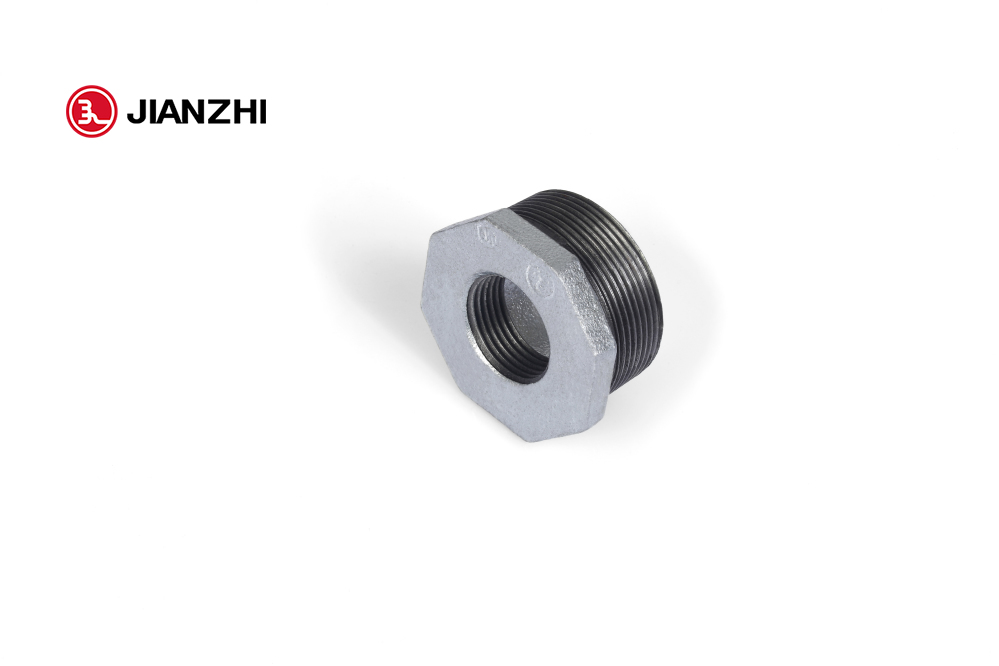Galvanized pipe joints are a type of pipe joint that is commonly used in plumbing and construction applications. Galvanization is the process of coating steel or iron with a layer of zinc to protect it from corrosion.
Galvanized pipe joints can be connected using various methods, including threading, welding, and flanging.
Here are some common types of galvanized pipe joints:
Threaded joints: Threaded joints are created by screwing the male and female ends of the pipe together. The threads are cut into the pipe ends using a pipe threading machine or die. Threaded joints are easy to assemble and disassemble, making them a popular choice for plumbing applications.
Welded joints: Welded joints are created by heating the ends of the pipes and fusing them together using a welding process. The process creates a strong, permanent joint that is resistant to leaks and corrosion. Welded joints are often used in high-pressure or high-temperature applications.
Flanged joints: Flanged joints are created by attaching a flange to the end of the pipe and bolting it to a mating flange on another pipe or component. Flanged joints are commonly used in large-diameter piping systems or where frequent disassembly is required.
When selecting galvanized pipe joints, it’s important to consider the specific requirements of your application, including the size and pressure rating of the pipes, the type of fluid or gas being transported, and the environmental conditions. Consult with a plumbing or construction professional for guidance in selecting the appropriate galvanized pipe joints for your project.
When selecting galvanized pipe joints, there are several environmental conditions that should be considered to ensure that the joints will perform well over time.
Here are some common environmental conditions to consider:
Temperature: Galvanized pipe joints can be adversely affected by extreme temperatures. High temperatures can cause the zinc coating to break down, galvanized pipe joints leading to corrosion and eventual failure of the joint. Low temperatures can cause the pipe to become brittle, increasing the risk of cracking or breaking. It’s important to choose a galvanized pipe joint that is rated for the expected temperature range of the application.
Moisture: Moisture can accelerate corrosion of galvanized pipe joints. If the joints will be exposed to moisture, it’s important to choose a joint that is designed to withstand this type of environment. For example, some joints may be coated with additional layers of protective material to prevent moisture from penetrating the zinc coating.
Chemical exposure: Certain chemicals can react with the zinc coating on galvanized pipe joints, causing it to break down more quickly. If the joints will be exposed to chemicals, it’s important to choose a joint that is resistant to the specific chemicals that will be present.
Abrasion: Abrasion can cause the zinc coating on galvanized pipe joints to wear away, leaving the underlying steel exposed to corrosion. If the joints will be exposed to abrasive materials or environments, it’s important to choose a joint that is designed to withstand this type of wear.
UV exposure: Exposure to UV radiation from the sun can cause the zinc coating on galvanized pipe joints to break down more quickly. If the joints will be exposed to sunlight, it’s important to choose a joint that is designed to withstand UV exposure.
Overall, it’s important to consider all of the environmental conditions that the galvanized pipe joints will be exposed to when selecting the appropriate joint for your application. Consult with a plumbing or construction professional for guidance in selecting the best joint for your specific needs.
